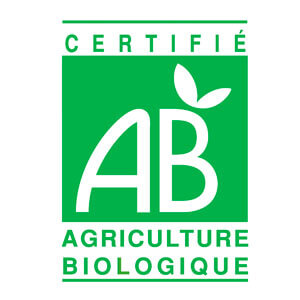- Home
- >
- Essential oils>Food grade essential oils>Celery seed essential oil
Celery seed essential oil
Apium graveolens
Origin France
Conventional (100% pure, 100% natural)
New product
Contraindications
Do not use pure essential oil on the skin (causes inflammation). Not to be used by pregnant or breast-feeding women.
Warnings: Use with caution. All the essential oil information available on our website (dosage, association, indications) has been gathered from a number of aromatherapy reference books written by medical researchers. This information should not however be taken as a substitute to a professional medical advice and, for that matter, does not engage our responsibility: CENTIFLOR is not liable for any accidents, injuries or prejudices whatsoever caused to anyone practicing auto-medication on the basis of the information available on this website.
Trusted Shops Reviews
Celery seed essential oil: propriétés
- analgesic
- Anti-catarrh essential oils
- Anti-inflammatory essential oils
- antiallergenic
- antiinflammatory
- antiparasitic
- antipigmentary
- antipsoriatic
- depurative (renal)
- Diuretic essential oils
- draining and detoxifying (liver)
- hypotensive
- immune regulator (-)
- lymphatic and venous decongestant
- respiratory decongestant



































